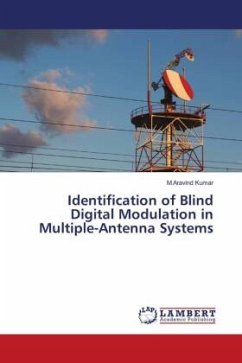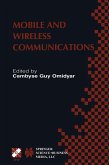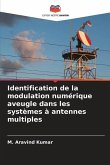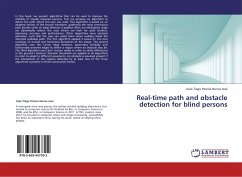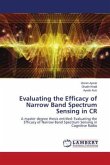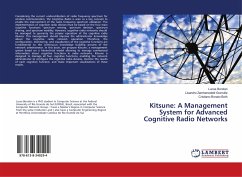This book summarizes the research suggests a novel method that significantly enhances higher-order statistical algorithms for blind digital modulation identification (DMI) (HOS). In order to perform an offset on higher-order moments (HOM) and obtain an estimate of noise-free HOM, the suggested method makes use of noise power estimation. The suggested method will perform previous DMI algorithms that are based only on cumulants or do not take into account HOM denoising when tested for multiple antenna systems, even for a receiver with impairments. The improvement will be made while maintaining the same level of HOS-based DMI complexity in the same situation. Modulation identification is the step that succeeds energy detection and precedes signal demodulation. When both source signals and channel parameters are unknown, we are in a blind context that naturally requires a blind process of modulation recognition. Despite their high identification accuracy, maximum-likelihood- based techniques for modulation identification often suffer from the substantially high complexity. Feature-based algorithms of modulation identification give an alternative that provides a good performance.
Bitte wählen Sie Ihr Anliegen aus.
Rechnungen
Retourenschein anfordern
Bestellstatus
Storno

